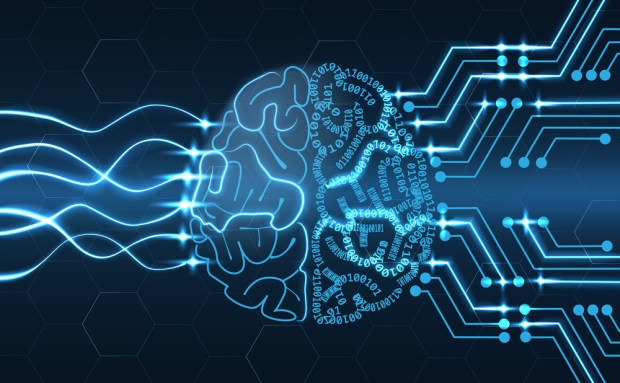Google And AI: The Perfect PAIR?

Speech recognition, image search, translation — those are just the beginning for artificial intelligence, if Google is reading its pulse right. While machines are getting better and better at these skills, Google believes it can do more — can, and must, by putting people at the forefront of design.
Google announced news on its blog on July 10 that it’s launching a new initiative, the People + AI Research initiative (PAIR), to study how humans and robots interact. With that understanding, researchers will be able to re-orient artificial intelligence (AI) systems to help people and machines help each other rather than just building AI software because they can.
PAIR will look at new possibilities for AI applications and opportunities for making the technology more inclusive — i.e., as Fortune notes, not just letting the biggest companies hoard all the AI talent, but ensuring that everyone gets a piece of the smart pie.
Google said it wants to share this vision and work with external designers and academics, building a community around its research, as the company believes to be its mission. As of July 10, it has open-sourced two visualization tools, Facets Overview and Facets Dive, to help AI engineers better understand the early stages of the machine-learning process.
Facets gives AI engineers insights into the data they’re using to train AI systems — the very foundation on which machine intelligence is built. To get smarter machines, first they’re going to need smarter teachers. Google believes that giving engineers access to data through Facets will generate greater comprehension of what they’re building and heighten their ability to debug both code and data.
“Instead of viewing AI purely as a technology, what if we imagine it as a material to design with?” Google posited. PAIR believes that this perspective — called “design thinking” — can open up new possibilities for applying AI technology outside the lab for everyday people.
PAIR will look for ways to make it easier for engineers and researchers to build and understand machine-learning systems. For domain experts, it will seek ways to supplement the great work they’re already doing, whether they’re doctors, designers, musicians or farmers.
For everyone else, PAIR aims to make machine learning inclusive so that all can benefit from its discoveries, always being sure to ask the driving question: What else can we do with this technology?
In Other News…
Google’s virtual reality app Blocks invites you to never step on a Lego again. The app lets users build three-dimensional objects with ease on the HTC Vive and Oculus Rift — no sharp corners, no blocks getting lost in the carpet.
If a toy seems like a poor comparison for 3D modeling software, that’s fair; usually 3D modeling software is complex and requires skills that are, frankly, unnatural — constructing 3D objects on a 2D screen. But Google created Blocks to feel like play, not work, and early users have found that to be the case, even if they have no previous modeling experience.
Google plans to merge its Google Cloud Platform with an enterprise cloud platform by Nutanix. Starting in the first quarter of 2018, customers of the hybrid Google-Nutanix system will be able to deploy and manage applications across Google Cloud as well as on-premise Nutanix deployments, Nasdaq reported.
Google Cloud provides modular cloud services such as computing, data storage, analytics and machine learning, all running on the same infrastructure that it uses for its end-user products such as Google Search and YouTube. Nutanix integrates siloed servers, virtualization and storage into a singular system and connects to public cloud services.
With competitors Amazon and Microsoft focused more on the public cloud, it’s likely that Google sees this hybrid model as the best way to gain an edge in the cloud computing space.
Alphabet Inc.’s self-driving car unit Waymo has teamed up with car rental firm Avis Budget Group Inc. Under the multi-year agreement, Avis will manage Waymo’s growing fleet of self-driving vehicles, providing services such as changing tires, cleaning interiors and securing off-duty vehicles.
For Avis, the deal was a much-needed piece of good press in a climate of falling shares in rental car companies, driven downward by — who else? — ride-hailing services Uber, Lyft and others.
Getting around in a wheelchair is tricky enough. Now, finally, Google is doing something to make it easier: after adding accessibility details to its Maps function in December, it’s now inviting Android users to crowdsource data on locations that have wheelchair accessibility, including entrances, elevators, restrooms and more.
Finally, is Google feeling a little #FOMO over Amazon Prime Day? It seems so: As Amazon dropped the price on its flagship Echo device last week (and discounted it even deeper once Prime Day actually started), Google has bundled its Home smart speaker with a Chromecast streaming stick for $99.99 in its official eBay store — that’s $64 in savings.
